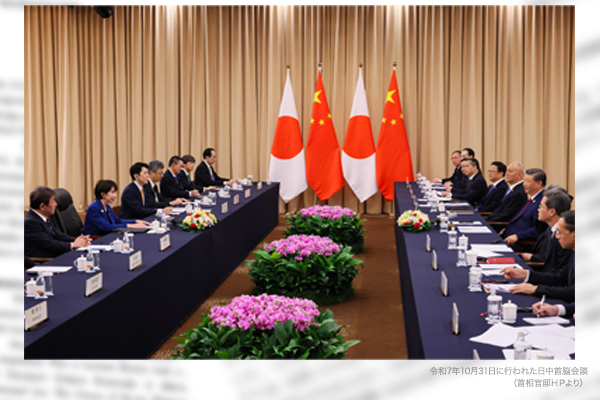After angering a giant like Goliath, Japan should counter China’s coercive pressure with a flexible response strategy. In the Old Testament story, young shepherd David used a sling and stones at hand to respond to Goliath’s attack. Japan’s Sanae Takaichi government should steadily enhance its deterrence against China while dodging the big spear swung down by a Goliath-like China. As for China’s military pressure, the government should use it as a strategic opportunity to implement national security enhancement measures that previous administrations have failed to take.
Japan should take a flexible response strategy
China’s operation to seize Taiwan may begin with economic and diplomatic pressure to eliminate any other option for Taipei than negotiations with Beijing. Military annexation in the second stage of the operation may depend on the attitude of the United States behind Taiwan. The U.S. Trump administration has weakened its commitment to Taiwan.
However, China, which is aiming to isolate Taiwan, may see the emergence of Japan’s Takaichi government as a change in the strategic environment. Chinese President Xi Jinping viewed the new Japanese prime minister as a hardliner against China and a pro-Taiwan politician, refraining from sending even a congratulatory message to Takaichi on her assumption of the premiership. When a photo of Takaichi’s friendly meeting with Taiwan’s former Vice Premier Lin Xinyi immediately after a Takaichi-Xi meeting was spread on social media, the Chinese leader might have felt that he lost his face.
When Takaichi in her parliamentary remarks on November 7 pointed out that a Taiwan emergency could be a “survival-threatening situation” for Japan, Beijing decided to grab the opportunity to exaggerate a small incident into a big one. China’s anti-Takaichi campaign began with an unusual threatening X post by Chinese Consul General in Osaka Xue Jian. The barbaric rhetoric that can be taken as a death threat against Takaichi should not be used by a decent diplomat. Before deporting the diplomat, however, Tokyo should consider whether the X post represents a trap set by Beijing to get a reason for taking an action to counter the deportation. Xue, if deported from Japan, will be viewed as a hero in China and used as an anti-Japan symbol to tighten Beijing’s domestic control.
The Xi government aims to reduce Takaichi’s power and reactivate her domestic opponents before she consolidates a political power base. China, which has a huge market, has abundant sanction options against Japan, including export restrictions on rare earths that are essential for high-tech industries. Therefore, Japan’s flexible response strategy to fend off Goliath should make full use of a three-tier model consisting of deterrence and defense, crisis management, and engagement and cooperation, depending on the situation.
Enact an anti-espionage law If Japanese are detained
In response to China’s coercive pressure disguised as a “self-imposed restriction” on travel to Japan by Chinese tourists, Japan should publicize how this could help alleviate overtourism. Regarding China’s import restrictions on Japanese seafood, Japan should expand other export destinations in preparation for future measures to be repeated to decouple economic relations between Japan and China. If Japanese citizens are seized and detained in China, Japan should immediately begin work on enacting its own anti-espionage law.
And above all, Japan should refine national security tools it has at hand. The government should steadily promote the ruling parties’ efforts to update three security documents (the National Security Strategy, the National Defense Strategy, and the Defense Buildup Program), as well as an increase in defense spending and the establishment of a National Intelligence Agency. When China raises the level of sanctions, the most principled course of action is to accelerate efforts to amend the constitution.
Hiroshi Yuasa is a Planning Committee member and a senior fellow at the Japan Institute for National Fundamentals. He is also a columnist for the Sankei Shimbun newspaper.


